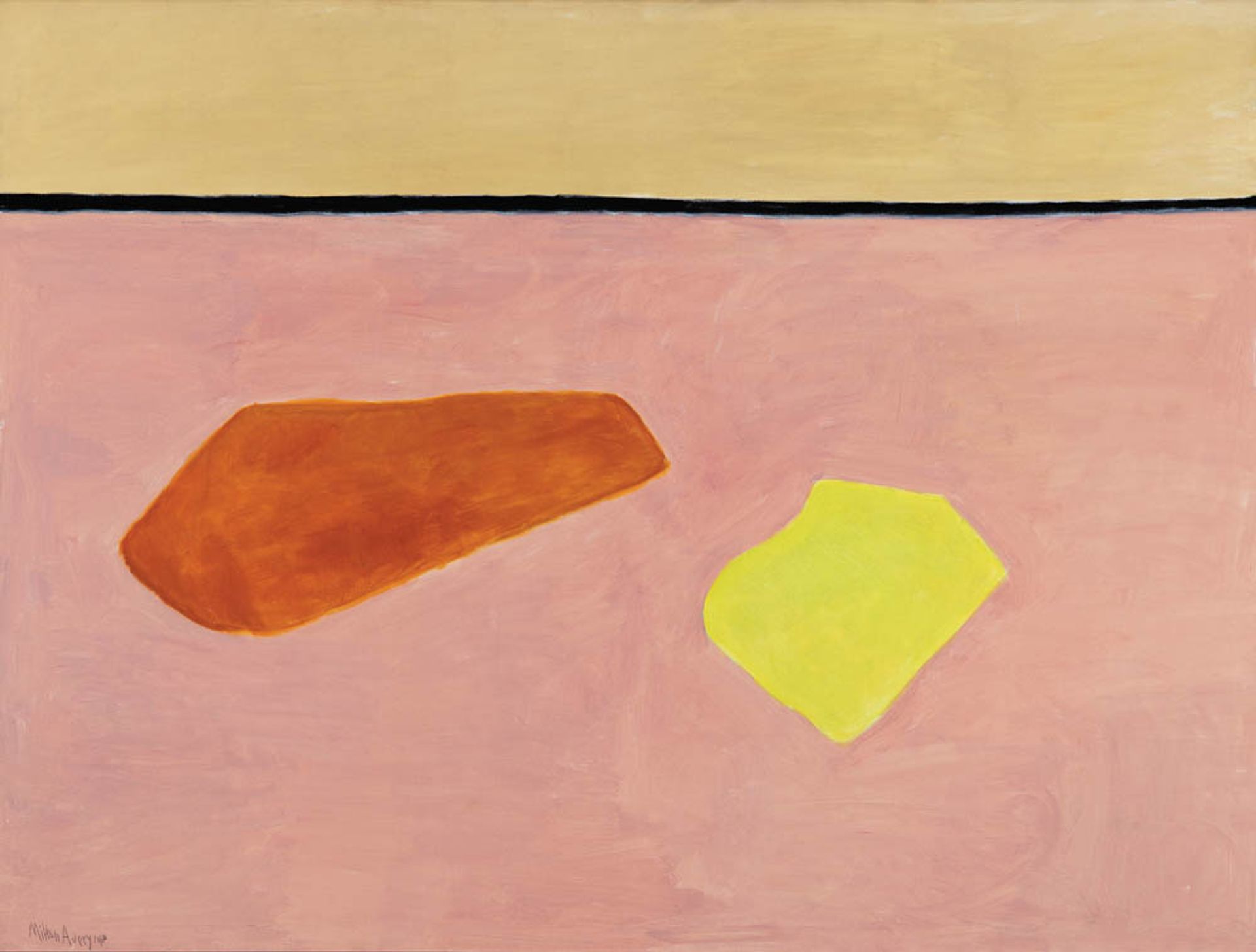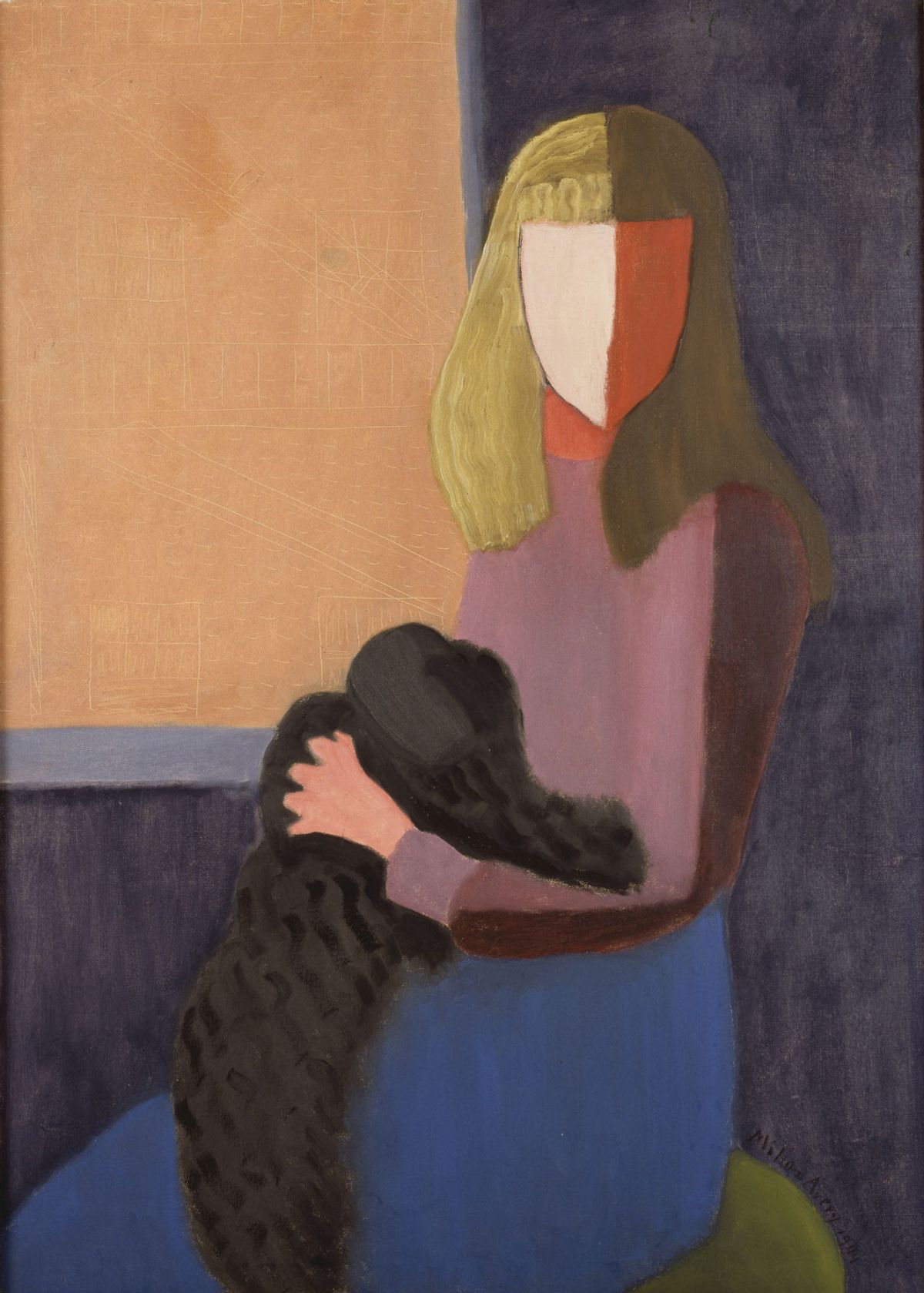“You always feel better after looking at a Milton Avery painting,” says Edith Devaney, the curator of the first comprehensive exhibition in Europe dedicated to the American painter (1885-1965). “He’s one of those artists—and there aren’t many of them—for whom there’s an element of joy in every work. There’s something life-affirming about them, and I hope people respond to that.”
Devaney felt compelled to bring Avery’s work to a larger audience while co-curating the Royal Academy of Arts’ Abstract Expressionism show in 2016; she was surprised by how often his name cropped up in her background reading on Mark Rothko, Barnett Newman and Adolph Gottlieb. As soon as that exhibition ended, she gave Avery her full attention and got to know his family and foundation. She also discovered just how prolific Avery was. He regularly produced a painting a day—understated works that are seemingly simple but in fact intricately orchestrated.
The exhibition opens at the Royal Academy of Arts in London following stints at the Modern Art Museum of Fort Worth and the Wadsworth Atheneum Museum of Art in Hartford, Connecticut. “The big thing for us is that, while he’s well-known in America, he’s very new to a London audience,” Devaney says. Unlike Avery’s last US retrospective, at the Whitney Museum of American Art in 1982, this new survey will include his earliest landscapes from the 1910s, luminous and blurred. It will bring together 70 oil paintings and chart his development as an artist and his inventiveness. Two beach scenes painted in the same year will hang side by side: Coney Island (1931) is jam-packed with day-trippers, sand barely visible beneath bodies, while Seaside (1931) is pared right back, canvas divided into sea and shore, figures distorted.

Milton Avery’s Beach Blankets (1960) will be on loan from the Wichita Art Museum in Kansas and is one of 70 paintings on show at the Royal Academy of Arts © 2022 Milton Avery Trust/ARS, New York and DACS, London
Avery bridged the gap between American Impressionism and Abstract Expressionism. “He took from one and gave to the other,” says Devaney, who in the accompanying catalogue describes his artistic training in Connecticut and the lessons he learned about painting en plein air and the materiality of light. His early works show his instinct for colour: not the primaries of Henri Matisse, but hazy browns, creamy mustards, faded lilacs. After moving to New York in 1925, where he encountered Modern and contemporary art, he replaced traditional linear perspective with a sense of depth and atmosphere evoked by his choice and application of palette.
He also, Devaney says, bridged the gap between Europe and America, continuing to engage with European Modernism when his contemporaries in the US were losing interest. Really, he engaged with everything around him. “I think that’s what makes his work so joyful,” Devaney says. “It speaks to all of us.”
• Milton Avery: American Colourist, Royal Academy of Arts, London, 15 July-16 October


